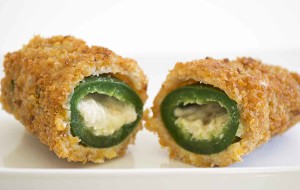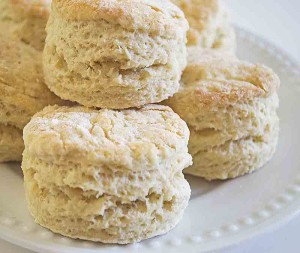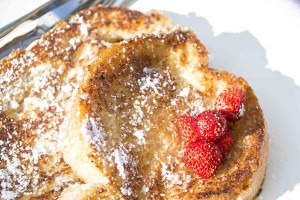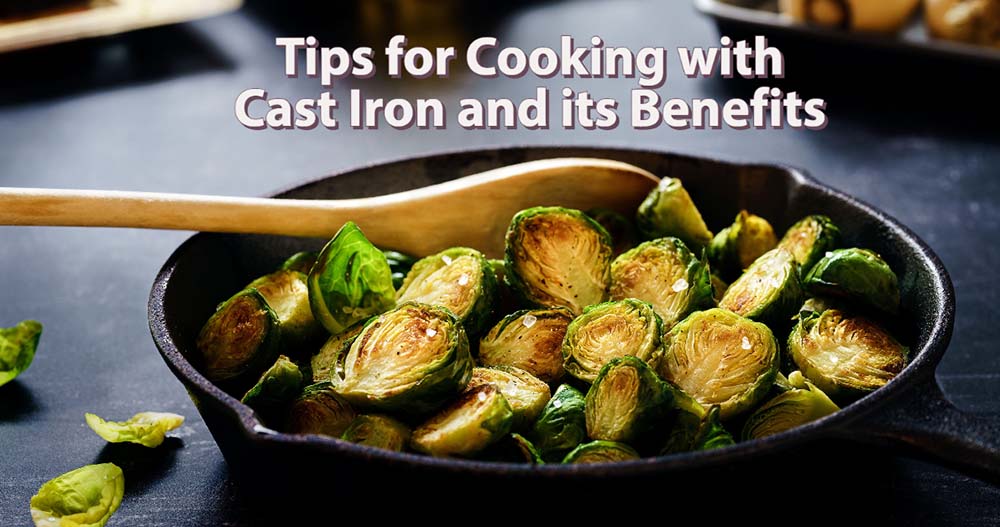
There was a time when cast iron frying pans were a staple in the kitchen. These days many people have moved away from them, preferring light aluminium non stick pans. I have herd people say that cast iron pans are too much work, too hard to clean, or don’t cook properly. Well I am hear to dispel some of that, and to explain the benefits of cooking with cast iron.
That is not so say that there is not some effort involved when you are regularly using a cast iron pan. They do take a bit of extra care and knowledge. However with that knowledge looking after them becomes very easy, and cooking with them becomes amazing.
Benefits of Cooking with a Cast Iron Frying Pan
Let’s start with some of the reasons that you should be using cast iron in your kitchen. Then we can get into the nitty gritty of using and caring for them.
- You will never have to replace it. Non-stick frying pans that have a coating to make them non-stick, which over time wears out and becomes damaged (which can be potentially unhealthy). They are also thinner and can wear out or become damaged. Cast iron pans on the other hand can be reseasoned at any time and will last to be passed down through generations if cared for.
- They can be used on the stove or in the oven. Cast iron skillets work just as well in the oven as they do on the stove. This means that you can pan fry some veg, add a few ingredients to make a casserole and transfer the whole thing to the oven. Fewer dishes, and yummy food.
- It is ok to use metal. I don’t know about you but I really don’t like using plastic in the kitchen, and although I love my wooden utensils, when it comes to cooking certain foods (like pancakes for instance) they just don’t work well. With a non-stick pan you cannot use metal utensils because it will damage the non-stick coating. A well seasoned cast irons pan’s coating is much stronger and will not easily be damaged.
- Extra iron in your diet. Cooking in a cast iron pan will help to add a bit of extra iron into your diet. This is especially beneficial for people who eat a vegan or vegetarian diet where are little bit more thought needs to be put into where iron is coming from.
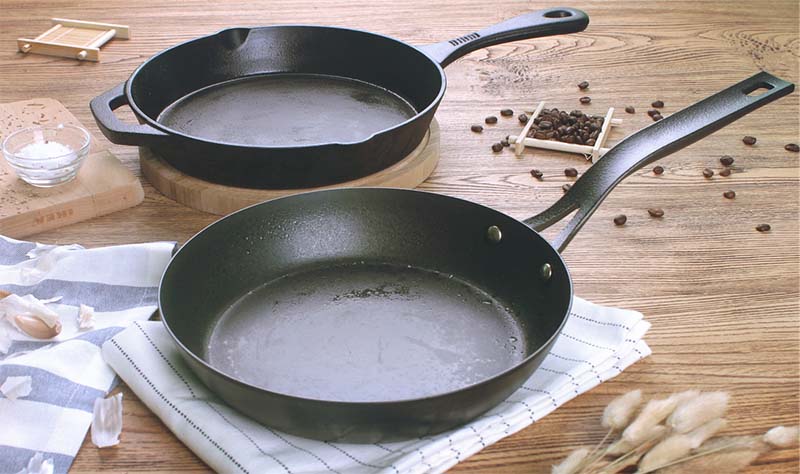
Seasoning Your Cast Iron Skillet
Seasoning is the most important part of caring for your cast iron skillet. Having a proper layer of seasoning will both protect your frying pan, and improve it’s cooking capabilities. Seasoning is created by heating a thin layer of oil to a high temperature. The oil will react with the heat and metal to create a protective layer over the pan. This will keep you cast iron from rusting, and will also work as a non-stick coating.
If you are seasoning a new pan, or a pan that has not been used for some time and is showing wear or rust begin by scrubbing the pan with soap and steal wool (this should be the only time you use this combination on you pan). Remove any rust or build up that is on the skillet. Dry the pan off with a cloth and then place it on a burner over medium heat for a minute or two to make sure it is fully dry.
Many new cast iron pans these days come pre-seasoned, if this is the case you do not need to scrub them, but giving them an additional seasoning as follows is a good idea.
Once you have your pan ready pour a small drop of oil into it. Flax seed oil is said to work the best as it dries the hardest, but most other cooking oils will also work. Use a cloth or paper towel to spread the oil evenly over the frying pan. Using a second cloth or paper towel wipe off any excess oil. Having too much oil will not work as well. Cast iron is very porous so do not worry about removing too much oil.
Now place the skillet upside down in the oven set to 450°F. This high heat will help the oil break down and bond with the cast iron creating the protective layer you want. Set a timer for 1 hour and let your skillet bake for this time. After the hour turn the oven off but leave the pan inside to cool down with the oven.
If this is the first time the skillet is being seasoned it would not hurt to go through this process a second time.
Caring for your Cast Iron Pan
Once you have your pan seasoned caring for it is not really difficult, but you should have the knowledge of how to do it properly.
Cast iron cookware should never be washed in the sink, and absolutely never left to soak. The best option is to wipe it down with a wet cloth after cooking once it has cooled down. Leaving your skillet overnight will make it more work to clean.
Wipe the pan with a wet cloth. If there is stubborn food residue add a bit of coarse salt to the pan to work as an abrasive. Never use steel wool on your cast iron as this can damage the layer of seasoning.
While many people say that soap will damage the seasoning this is not really true. While you do not want your pan soaking in soapy water, giving it a wipe with a cloth and a bit of soap once and awhile will not hurt it.
After you finish wiping it clean, dry it with a dry cloth. Then add a tiny drop of oil and spread this evenly with a paper towel. Now place the skillet on a warm burner for a few minutes to dry completely. Adding this bit of oil after cleaning and applying the heat will make sure the pan is totally dry and will also reinforce the seasoning making the pan ever better.
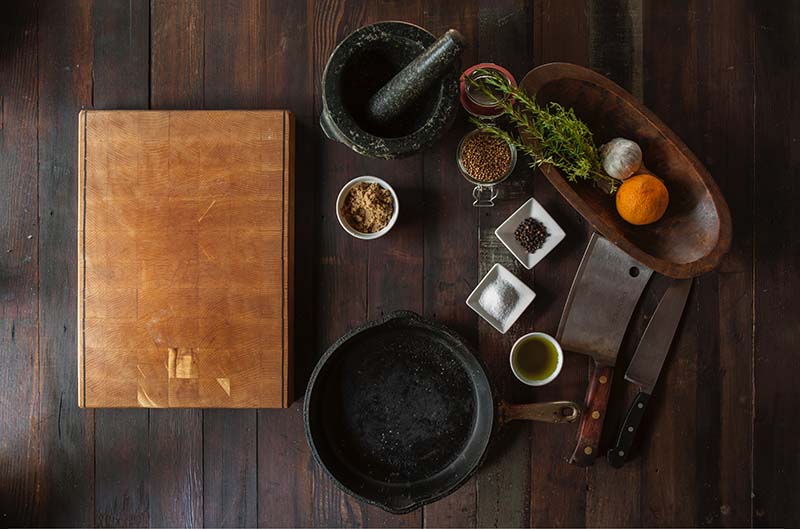
Cooking with Cast Iron
Cooking with cast iron pans can be a wonderful upgrade in the kitchen if you know how to do it properly. They can be used at high temperatures and retain heat extremely well. They can be used on the stove, or in the oven making them a much more versatile cooking dish. They can cook food more evenly, and it is ok to use metal utensils while cooking with them.
Cast iron has a relatively low thermal conductivity compared to other metals commonly used in cookware. This means that it takes longer to heat up, but it also means that it maintains heat for longer and has less of a drop in temperature when something is added to it.
Cast iron cookware is normally made as once piece, meaning when the pan is heated the handle will also be very hot. Make sure that you use an oven mitt or pot holder when handling a cast iron pan.
To start cooking with a cast iron skillet first bring it up to temperature. It take longer than an aluminum pan to heat up so if you start cooking immediately your food will likely stick and will not cook evenly. However once you have the pan up to temperature it will maintain that temperature and distribute the heat evenly without the hotspots that can happen on a thinner pan. Also because of the thickness of cast iron cookware they give off a greater radius of heat, this means that instead of just cooking at the point of contact with the metal the food cooks evenly throughout.
Unlike pans with a non-stick coating that will be damaged by their use, it is ok to use metal utensils on cast iron pans. The layer of seasoning is much harder than that of a non-stick pan. You still want to be gentle as the seasoning can be damaged if you are scraping and grinding too hard. Although if this does happen cast iron also has the advantage that you can always reseason, rather than having to throw out a pan and replace it.
As long as you are caring for your pans properly, each time you cook with them you will be reinforcing and improving the layer of seasoning on them. This means that with regular use, over time your cast iron skillet will improve rather than deteriorate as other frying pans are likely to do.




